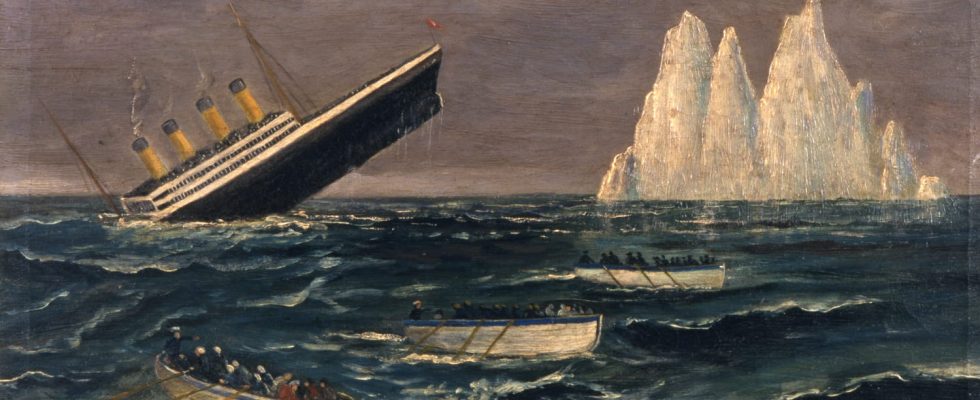This video about the Titanic reveals the dark reality experienced by the victims of the most famous shipwreck in history. It’s terrifying.
April 14, 1912 is a date that marked history. Four days after its departure from Southampton in England, the brand new RMS Titanic, presented as the largest liner in the world at the time, was shipwreck in the North Atlantic off the coast of Newfoundland after hitting an iceberg. The sinking caused the deaths of more than 1,500 people.
Thanks to the stories of the 700 survivors of the shipwreck, the facts were able to be reconstructed with the testimonies of each person. It seems that the passengers did not immediately realize the impact of the iceberg. The Titanic had been presented as an “unsinkable” ship, which also led the crew to downplay the risks and the significance of the impact.
If the story of the Titanic had already marked people’s minds at the time, its story became part of the modern imagination thanks to James Cameron’s film released in 1997. The director attempted to reproduce the ship and the sinking of the as realistically possible by surrounding himself with a team of engineers and scientists who assisted him in reproducing the Titanic.
However, it is very likely that the existing images do not reflect the reality of the sinking. It has long been believed that weather conditions were largely responsible for the impact between the Titanic and the iceberg. Meteorologists from Météo France, however, delved into the archives and demonstrated that the weather was actually not so bad.
Marie-Hélène Pépin, head of the documentation department at Météo France, explained in 2022 on Radio France : “In our weather maps of the time, we see that the Titanic is at the center of a vast anticyclone. The weather is very fine, there is no wind, no clouds.”
For experts, the sinking of the Titanic can be explained more by an optical illusion. Xavier Popineau, librarian and author of the file produced by Météo France, explains that in “the polar region, the surface of the sea is very cold but the air above is warmer. This generates a superior mirage, that is to say that we see the object above the horizon. A boat, the sea are found high up.” Named Fata Morgana and Fata Bromosa, these optical phenomena are common in polar regions.
This version of events appears to be confirmed by a video recently posted on In this video, the ship sinks into the water in a completely dark night where we can only see the last lights of the Titanic shining.
This video shared on February 15, 2024 made an impression on Internet users, many of whom reacted in comments. Many of them emphasized the terror that the dark night must have inflicted on the castaways.
The total or almost total darkness must have reinforced the fear of the surprise then of the icy water rising into the boat. This darkness is an element quite absent in the collective imagination, forged above all on the cinema images of James Cameron, who reproduced the sinking with the necessary lighting, thinking of the spectators.
